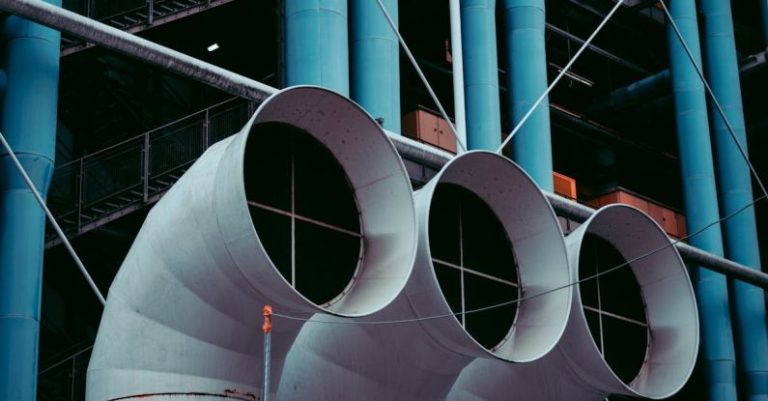Reinventing Parking Structures with Composite Materials
Innovations in construction materials have revolutionized the way we build structures, and one area that has seen significant advancements is parking structures. Traditional parking garages are typically constructed using concrete and steel, but recent developments in composite materials have paved the way for more sustainable, durable, and aesthetically pleasing parking solutions. This article explores how composite materials are reinventing parking structures, offering a glimpse into the future of urban infrastructure.
**The Rise of Composite Materials**
Composite materials are engineered materials made from two or more constituent materials with significantly different physical or chemical properties. These materials are designed to combine the strengths of each component, resulting in a final product that outperforms traditional materials in various aspects. In the construction industry, composite materials have gained popularity due to their lightweight nature, high strength-to-weight ratio, corrosion resistance, and design flexibility.
**Benefits of Composite Materials in Parking Structures**
One of the key advantages of using composite materials in parking structures is their durability. Traditional concrete parking garages are susceptible to corrosion from environmental factors such as salt, moisture, and chemicals. Composite materials, on the other hand, are inherently resistant to corrosion, making them ideal for long-lasting structures that require minimal maintenance.
Additionally, composite materials offer greater design flexibility compared to traditional building materials. Architects and engineers can mold and shape composites into virtually any form, allowing for the creation of visually stunning parking structures that complement their surroundings. This design versatility opens up a world of creative possibilities, enabling designers to craft parking garages that are not only functional but also aesthetically pleasing.
**Environmental Sustainability**
Another significant benefit of using composite materials in parking structures is their environmental sustainability. Many composite materials are made from recycled or renewable sources, reducing the carbon footprint of construction projects. Additionally, the lightweight nature of composites can lead to lower transportation costs and reduced energy consumption during construction, further contributing to environmental conservation efforts.
**Enhanced Structural Performance**
Composite materials are known for their high strength-to-weight ratio, meaning they can bear heavy loads while remaining relatively lightweight. This property is particularly advantageous in parking structures, where the ability to support multiple vehicles on multiple levels is crucial. Composite parking garages can be designed to withstand seismic activity and other external forces, ensuring the safety and security of both the structure and its occupants.
**Aesthetics and Customization**
The use of composite materials in parking structures also opens up new possibilities for customization and aesthetics. Designers can incorporate various colors, textures, and finishes into composite panels, creating visually appealing facades that enhance the overall look of the structure. Additionally, composite materials can be molded into intricate shapes and patterns, allowing for the creation of unique architectural features that set parking garages apart from traditional concrete structures.
**Future Outlook**
As the construction industry continues to embrace sustainable and innovative building materials, the use of composite materials in parking structures is expected to become more prevalent. With their numerous benefits, including durability, design flexibility, environmental sustainability, and enhanced structural performance, composite materials offer a compelling alternative to traditional building materials. The future of parking structures lies in the integration of these advanced materials, paving the way for safer, more aesthetically pleasing, and environmentally friendly urban infrastructure.
**In Summary**
Composite materials are reshaping the way we approach parking structure construction, offering a host of benefits that go beyond what traditional materials can provide. From enhanced durability and design flexibility to environmental sustainability and structural performance, composite materials are revolutionizing the way we build parking garages. As architects, engineers, and developers continue to explore the possibilities of composite materials, we can expect to see a new era of innovative, visually striking, and sustainable parking structures emerge in our cities.






